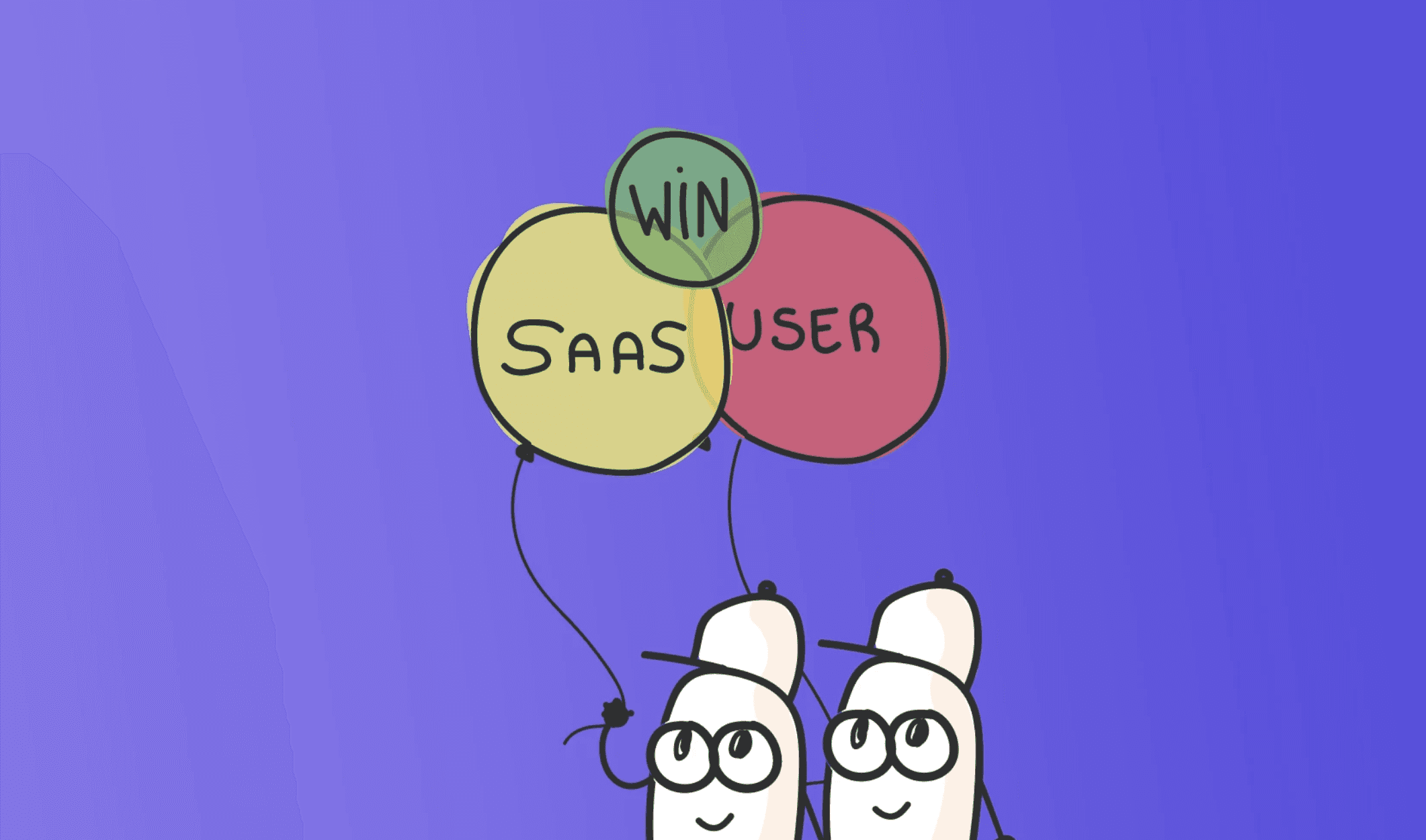
First things first: we never experimented with a Freemium model yet. However, we're not planning too either because we're just not a big fan of it. Why we don't offer a freemium for our SaaS? Let's dive into our vision on pricing a bit.
What is Freemium?
When SaaS was introduced a couple of years back, the freemium model (Free + Premium) was introduced almost simultaneously. You could get Skype for free, which had a couple of free calls included, and Dropbox would let you take up free storage. More recent examples are Spotify with their freemium model which will serve you ads between your favorite songs (annoying!) and for example YouTube which rolled out their "freemium without ads" model too.We don't have a problem with the freemium model at all. It's just that freemium isn't a real revenue model: it’s a marketing strategy.
It's marketing really
Although this marketing strategy could potentially work for your business, it just isn't for us at the moment. Before we launched our product (a user feedback tool) we brainstormed a lot about pricing. We thought of the freemium model too, but we just thought our product had too much of a value for most companies and thus a free plan wouldn't make sense.Besides that, we knew, based on proven research, it would take a lot of effort to figure out the right way to convert those freemium users into paid users. To be straight: that's a whole other level of marketing we're talking about here! And as a startup, you simply don't have the time to figure out everything right from the start.Freemium vs Paid marketing:
Freemium model: figuring out how to convert free users into paid users and then how to convince them to stay on their paid plan
Paid model: figuring out how to add value so the user will continue using the product
See? There are immediately so many more challenges when you start with a freemium model. And remember: both of them need support. Double down on your support agents!For us, being a startup, it was better to focus on providing real value with our product for the users that really believed in our product and wanted to pay for it.
Freemium is better when you figure things out first
Our belief in working with a freemium model is that you need to figure out other things first. Focus on your product and on your (trial and paying) users first. A great example is MailChimp. They only introduced their freemium plan when they were years in business, attracted many paying customers and were ready to take their product to the next level and new markets.We also want to figure things out first:
What drives our customers?
How do we attract new customers?
How do we convert trials to paid?
How do we convert paid to bigger plans?
What is the real value of our product?
What price/value ratio do we have?
We honestly don't think we could run a freemium model before figuring these things out.
“Let’s give it away for free until we figured out our pricing.”
Another commonly heard reason to introduce a freemium plan is this: “Let’s give it away for free until we figured out our pricing.” We think this is the wrongest thing to do here. We get it, pricing is hard. But we couldn't say it more accurate as Des Traynor:
“Just put a price on it and see what happens” ― Des Traynor (CEO of Intercom)
When we started out we also didn't know what to price our product. But Des is right: it's better to charge something than nothing. Just start with pricing that you think represents the value of your product. Or take a look at your competitors and come up with a better, more attractive, pricing. Just try to experiment with different pricing plans and revenue models right from the start.
Freemium to get the buzz out?
There's a really successful story from a startup that started out with a freemium plan: Dropbox. And to be honest: it worked very, very well for them. They brilliantly offered you a negligible amount of storage in exchange for tweeting, sharing and referring your personal Dropbox link to your friends and connections. This resulted in a buzz around the Dropbox service. More and more companies are doing the same thing nowadays.So? Are we saying freemium is actually a brilliant way to generate buzz and new customers? Yes and no. In the case of Dropbox, it was brilliant because of one main reason: their service was fairly new at that point and thus, by giving away free space in exchange for spreading the word, it was beyond brilliant.
Freemium v.s. Free trials
So, for now we're sticking to paid plans only. And it works very well. We dare you to do the same. Don't think your product is not good enough or not worth it yet. You spend hours and hours building the damn thing and to get it out there. If there's any value in it, you can definitely charge for it. People are more than happy to spend dimes on it.We do however offer a free 30-day trial. To be honest: without it, we couldn't have grown this much. A free trial is perfect! It's like a freemium plan but then limited to 30 days. We believe a trial is essential to any SaaS business and it has proven to be very valuable for our business.In the end, it's all about proving your potential customer that your product is worth it. It's up to you if you want to do it with a freemium or trial plan.



